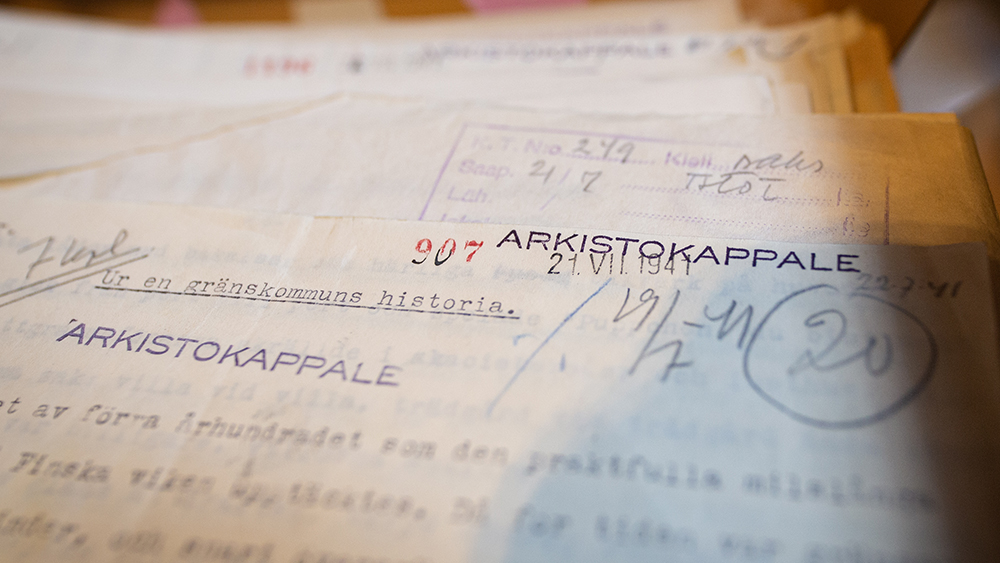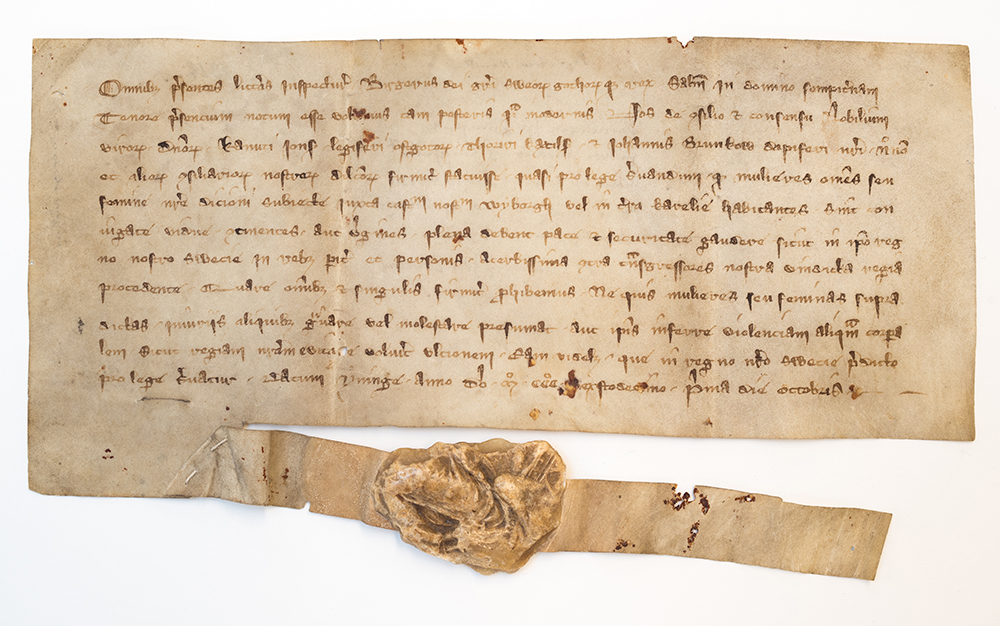What materials do we have?
The National Archives receives documents handed over by the authorities and acquires and stores other data material relevant to society and research.
The majority of the most popular materials is digitised.

Official materials represent the majority
Primarily, the state authorities have transferred their permanently stored documents, which are older than 40 years, to the National Archives.
The documents of the central government, ministries and central government agencies, as well as the higher courts, have been transferred to the National Archives in Helsinki. In accordance with the regional division, the authorities of the district and local governments have handed over their documents to the branch offices of the National Archives.
Generally, municipalities, towns and joint municipal authorities keep their documents in their central archives. Municipal archives held in the National Archives are usually archives of the municipalities that became a part of another country after the wars.
Lutheran parishes have stored their archives in the National Archives. Church registers are the most used materials of the parishes. They are digitised, and the ones that are older than 100 years are available for self-service use in the Astia service. The archives of Orthodox parishes are the most numerous in the National Archives in Mikkeli.
The archives of individuals, families, organisations and associations are also stored in the National Archives. Private archives of national importance are accepted from all over Finland. Usually the archive is transferred to the National Archives where the association has operated or where a private person or family has lived and influenced.
The archives of all but the most recent presidents of Finland are held in the National Archives. Urho Kekkonen's archive is kept in its own archive in Orimattila.
Continuous series of records from the 16th century
The medieval documents have been collected in the National Archives, where there are 66 of them as originals and 223 as copies made later.
The oldest document, a letter of protection from King Birger to the women of Karelia, dates from 1316.

According to the Hamina Peace Treaty, the oldest continuous series of records is the local government account documents, the tax collectors’ account books, transferred to Finland, which start in the 1530s. In addition to series of accounting journals, judgment books and land survey maps date back to when Finland was part of the Swedish empire.
The oldest series of documents left in the hands of the Finnish authorities date back to the 17th century, but for most authorities, the documents that precede the wars in the early 18th century (Great Wrath and Lesser Wrath) have been destroyed.
The most important sources from the period of autonomy are the large archives of the Senate, the State Secretariat and the Chancery of the Governor-General.
The most popular material from the period of Finnish Independence includes soldier record cards, the archives of the Central Detective Police and State Police, and material related to the Finnish Civil War.
Collections of copied material are popular, especially the General Register of Settlement in Finland and copies of historical parish records used by genealogists.
